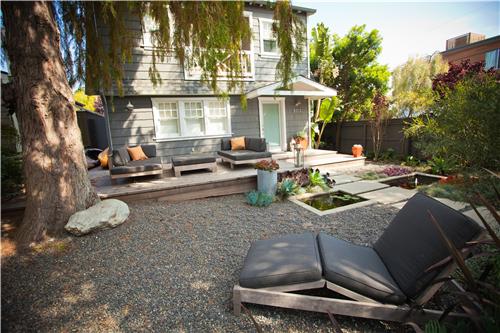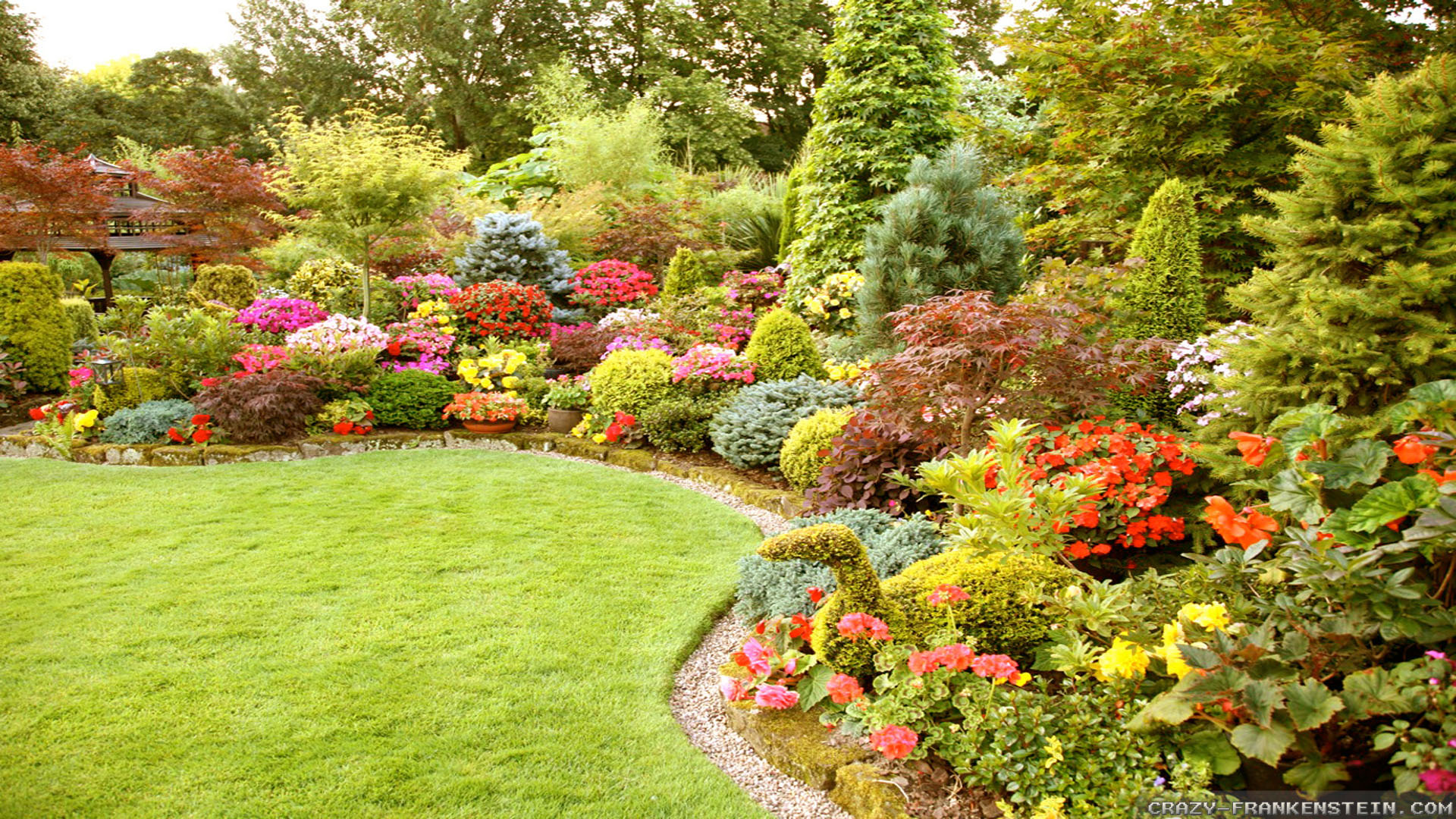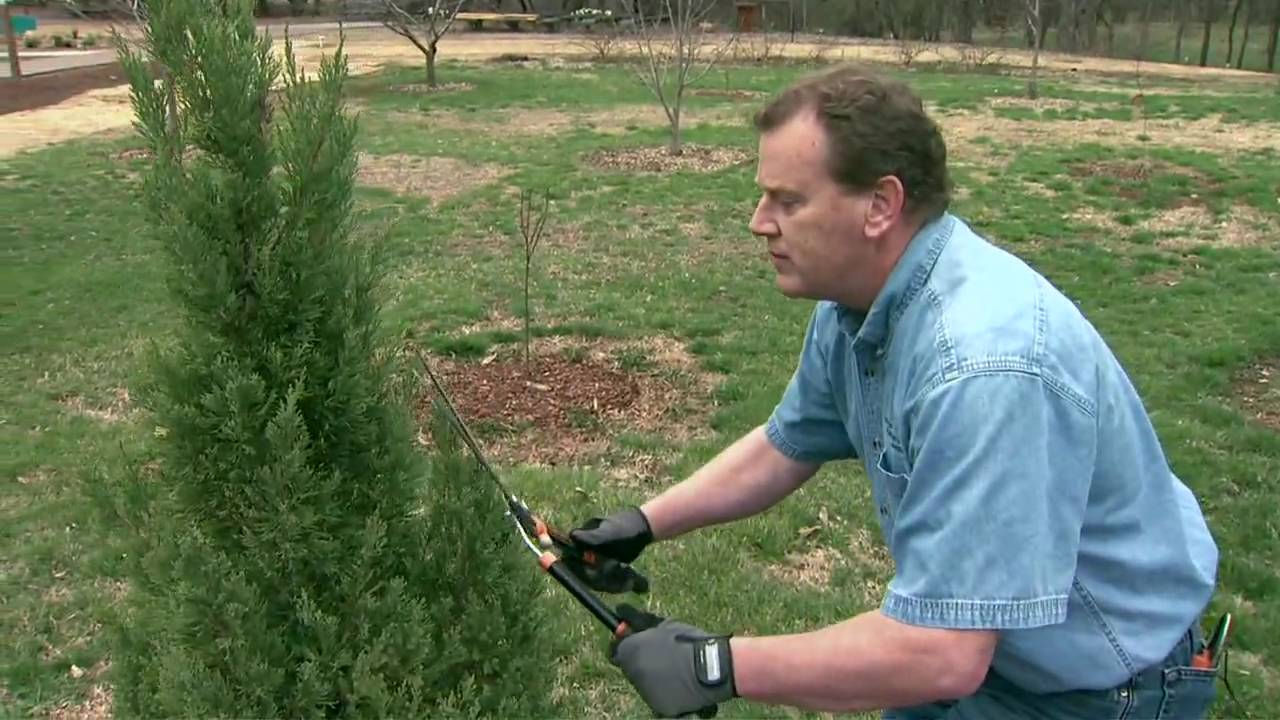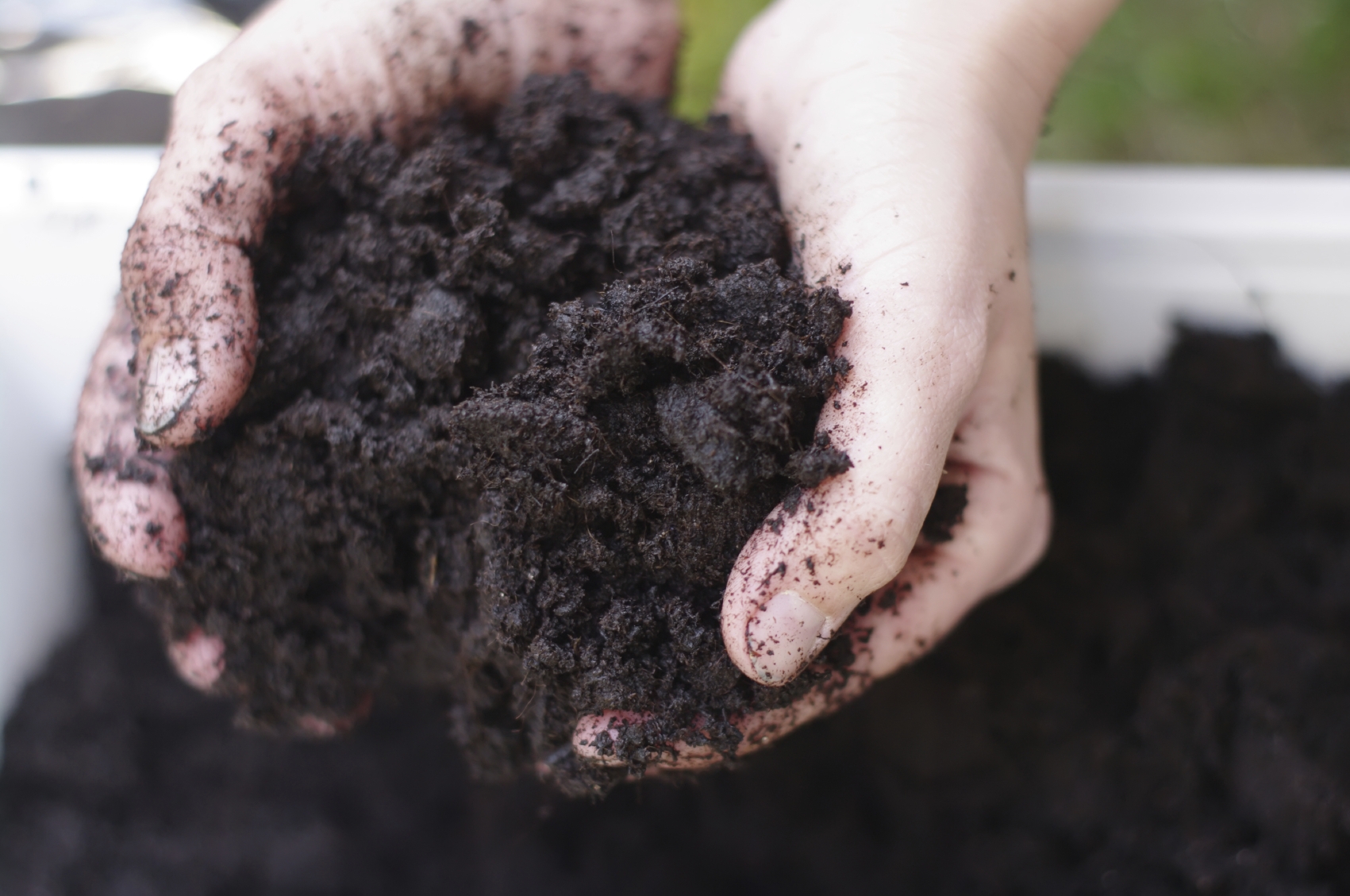
Gardening can be one of the most rewarding hobbies you could ever have. But it can also be one of the most frustrating. We’ve all had the experience of putting a plant in the earth, only to watch it promptly languish and die. This is disheartening, and can cause people to give up the cause. But there is always a way to make your plant, shrub, or tree grow a little more successfully. And it usually starts with giving extra attention to your soil.
Soil is depleted for many reasons. In Nashville, where we have more extreme weather than in some other parts of the country, the elements can be hard on our soil. Here are a few reasons why the soil in your lawn or garden might not be the most fertile.
-
- Depleted by Water. If you have a lot of rain on land that doesn’t have much plant life on it (perhaps only grass), this can wash away a lot of the nutrients in your soil. Many plants revive soil on their own, but unless these are actually located in your lawn or garden, the soil will keep depleting further and further.
-
- Pollution. Some soil located by roads and other highly traveled areas has been damaged by runoff, trash, and physical damage. This soil is often hard-packed and lacking in nutrients.
- Neglect. Some soil just hasn’t received love in a long time. With the sun beating down on it, and nothing added to it to encourage inhabitation by worms, bugs, and bacteria, soil turns to dry dirt.
So how can we replenish the soil in our gardens and back yards? Fortunately, there are a lot of ways! Here are just a few.
-
- Tilling. Tilling alone won’t do much except encourage a sudden burst of bacterial growth. When combined with any of the following, however, it will help loosen the soil and allow organic compounds to revivify it for future plant growth.
-
- Manure and Compost. Any broken down organic matter that can be added to your soil will benefit it. Manure and compost are too of the best. They are rich in diverse nutrients and packed with bacteria that will make your future plants grow a lot more easily.
-
- Coffee Grounds. Coffee grounds are a free source of nitrogen that is available all around Nashville. Just ask the nearest coffee shop for some of their spent coffee or espresso grounds. The acid of the coffee is mostly washed away, leaving a byproduct that is easily broken down into soil, especially when added to compost or tilled into the top layer of soil.
- Nitrogen-fixing Plants. Some plants draw nitrogen out of the air and infuse it into the soil. A crop of these for a season can be a great way to add nutrients to the ground.
There are lots of ways for soil to be used up, and lots of ways to add healthy elements to it again. We’ve only just scratched the surface of this topic. If you want to make your lawn or garden fertile again, ask the Parke Company about the best way to do it.
